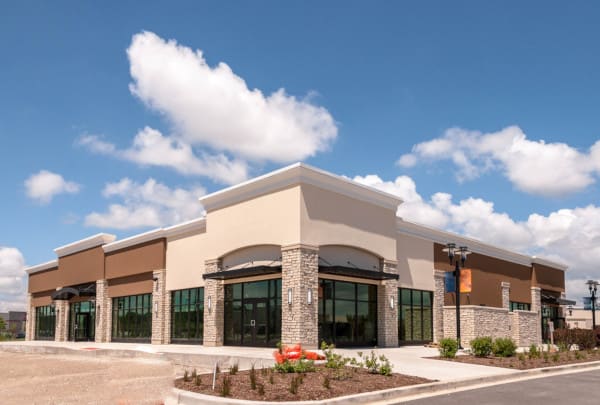Make sure you know the condition of fire protection elements before you close the deal on a commercial real estate investment
Investing in a commercial real estate (CRE) can be a risky proposition, and many a new owner has been shocked when they find out that a fire protection system has problems after the sale—and that it needs serious work to make the property compliant with code. This is why lenders and investors will expect the due diligence that a property condition assessment (PCA)—including a thorough review of all life safety systems—provides. This investigation ensures that you are making a solid investment with no surprises.
The PCA is part investigative work, part field inspection, and part cost estimation. The process includes a site assessment, interviews, and reviews of permits, plans, and previous inspections. The structure itself and all building systems will be thoroughly evaluated, and cost estimates of improvements and repairs will be provided. The information gathered during the PCA process is compiled into a comprehensive report. This provides the data needed to analyze any risk in the facility purchase, as well as to develop property maintenance and improvement budgets and schedules.
Property condition assessments should be conducted in compliance with a standard published by the American Society for Testing and Materials (ASTM). ASTM E2018: Standard Guide for Property Condition Assessments: Baseline Property Condition Assessment Process is a voluntary guide that defines “good commercial practice…for conducting a baseline property condition assessment.” ASTM E2018 outlines the requirements and qualifications of any personnel conducting the assessment, the documentation to be reviewed, how to conduct the walk-through survey, and what the final report should include.
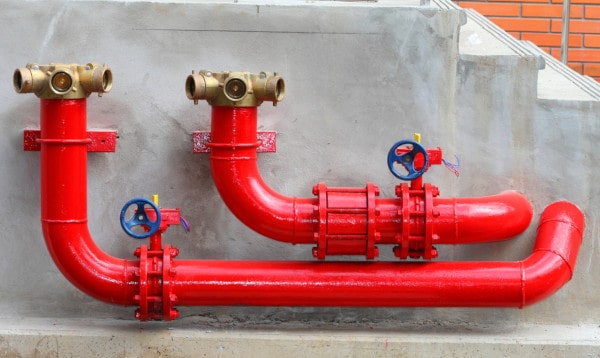
Evaluating fire protection and life safety systems is a critical component of the property condition assessment
The PCA is a review of the entire structure and all of its separate components and systems. Building systems that will be evaluated include roofing, electrical, plumbing, HVAC, interior and exterior components, the structure itself, and, of critical importance, fire protection, and life safety systems. The potential life safety components that will be evaluated include:
- Fire sprinkler systems
- Fire hose and standpipe systems
- Fire extinguishers
- Fire alarm systems
- Fire stopping and compartmentation
- Exits and egress components
Does the current building owner maintain the building’s fire sprinkler system?
Fire sprinkler systems are becoming more and more common in commercial buildings, making it likely that an investor will run across them in a commercial real estate purchase. The property condition assessment will evaluate and document the number and types of systems, system test data and reports, piping and sprinkler head conditions, and system access.
Primary fire sprinkler system types include wet, dry, pre-action, or deluge, all of which have inspection testing, and maintenance (ITM) requirements outlined by the National Fire Protection Association (NFPA). NFPA 25: Standard for the Inspection, Testing, and Maintenance of Water-Based Fire Protection Systems specifies ITM tasks that must be conducted and documented at quarterly, monthly, annual, and five-year intervals.
The PCA will review the NFPA 25 inspection reports. If the fire sprinkler system has received these inspections, it’s a good indicator that the entire building has been properly maintained. These reports will show any issues or deficiencies within the fire sprinkler system, plus a history of what items have encountered problems and have been (ideally) corrected. The condition of the system and access to the system riser will be visually assessed. Also, all sprinkler heads should be checked to confirm that they are still functioning and are not counterfeit or subject to a manufacturer’s recall.
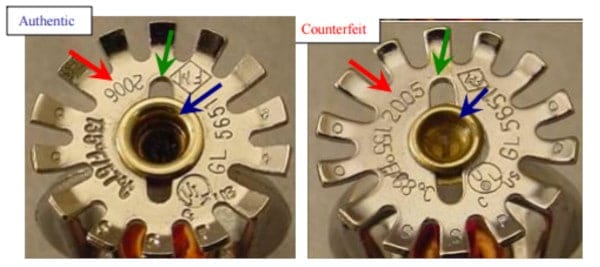
If there are major sprinkler system deficiencies that are still outstanding, the cost to repair these items may be included in the PCA. This gives the prospective buyer an idea of the additional investment he or she will have to make to get the property compliant with fire code.
Are the building’s standpipe systems and/or fire hose stations up to code?
Large area and multi-story structures may be equipped with onsite fire hoses and standpipe systems which enable firefighters to access water within the building. These systems can be either wet or dry. Wet standpipe systems have water in the pipe at all times are often tied into the fire sprinkler system. Dry standpipe systems require water to be provided from an outside source, often the fire department’s trucks.
These systems are required to be installed in accordance with NFPA 14: Standard for the Installation of Standpipe and Hose Systems and maintained in accordance with NFPA 25: Standard for the Inspection, Testing, and Maintenance of Water-Based Fire Protection Systems.
The property condition assessment of the standpipe systems will examine much of the same components that are reviewed with the fire sprinkler system. This inspection includes system types, location, and general condition; system inspection, testing, and maintenance records; and system accessibility. Certain standpipes may also have onsite hoses that need to be checked. Based on the class of standpipe and how the hose outlets are set-up, this hose may be intended for use by trained building occupants or the fire department exclusively.
Inspectors will judge the condition of standpipe hose as well as make sure it is the correct type and that it is installed properly. That said, many authorities having jurisdiction (AHJs) view occupant-use hose as more of a life safety hazard than an adequate fire protection tool. Thus, many permit the removal of onsite standpipe hose. If the hose has been removed, the PCA should locate the written documentation from the AHJ that allowed its removal.
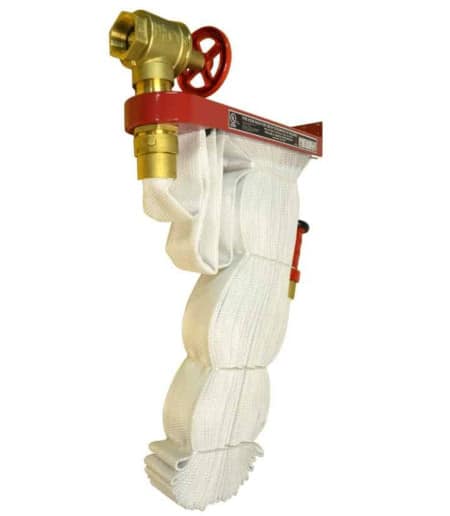
Fire extinguishers must be of the right type, size, and location to address the property’s specific hazards
All buildings require the installation of fire extinguishers. Fire extinguisher selection, placement, and maintenance are outlined in NFPA 10: Standard for Portable Fire Extinguishers. Fire extinguishers are classified by the types of fires that they can effectively extinguish. The most common types are ABC extinguishers, which cover a variety of hazards including paper and wood, electrical, and flammable-liquid fires. But if a manufacturing facility utilizes combustible metals, for example, a class D extinguisher may be required. Commercial kitchens require a class K extinguisher that can put out grease fires.
A property condition assessment should evaluate the extinguisher type, location, accessibility, and general condition of each unit. Fire extinguishers require annual maintenance and certification and, based on type, will require six-year or twelve-year maintenance and hydrostatic testing. The documentation of these tests and inspections should be found on the extinguisher itself in the form of tags or labels, and there may also be a complete report of all ITM done for extinguishers in the building.
The PCA should also review the extinguisher types to ensure that none of the units have been subject to a manufacturer’s recall like the one that impacted numerous Kidde fire extinguishers in 2017.
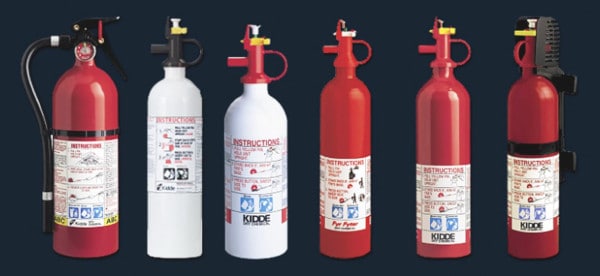
A property condition assessment ensures fire alarm systems are clear of all signals
Commercial buildings may be equipped with a full or partial fire alarm system which should be inspected and documented during the PCA. Fire alarms are subject to the installation, inspection, testing, and maintenance requirements of NFPA 72: National Fire Alarm and Signaling Code and, like sprinklers and standpipes, various components require quarterly, semi-annual, and annual ITM.
The most efficient way for the system to be evaluated is by reviewing the inspection and testing documents which have hopefully been completed and kept, as code requires. A PCA inspector will also visually examine the fire alarm panel and the general condition of alarm components such as heat and smoke detectors, pull stations, and horn/strobe devices.
The fire alarm panel should be clear of any “trouble,” “supervisory,” or “alarm” signals which indicate a problem within the system. Any that are found will need to be addressed and repaired.
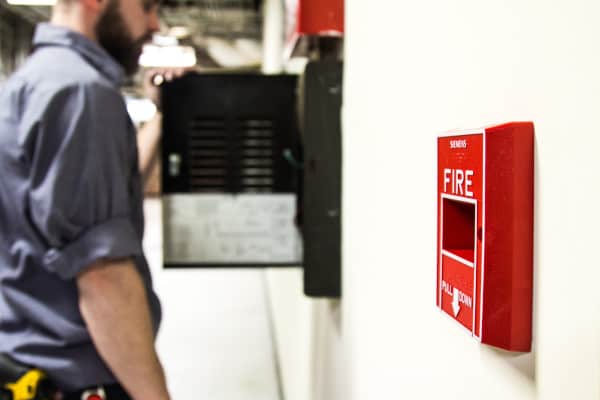
Are all openings and penetrations properly protected?
Various model codes such as the International Building Code, International Fire Code, and NFPA 101: Life Safety Code require compartmentation and separation for some types of buildings and structures. Compartmentation is a form of “passive fire protection” that breaks large areas into smaller areas that impede the spread of fire, protecting occupants and giving them more time to escape from a building.
Compartmentation barriers have a fire rating based on the time it takes a fire to penetrate the compartment, which needs to be from ½ hour to 4 hours, based on various code requirements. For compartmentation to work properly, any holes or openings in the fire-rated barrier must be protected. These openings include holes and passageways—referred to as penetrations—for piping, plumbing, and ductwork.
The PCA will examine these fire-rated compartments and their openings to ensure that they meet the requirements by having sufficiently fire-resistant material. The evaluation will review and document the location of the penetrations and ensure that the proper material has been installed.
Door openings into fire-rated compartments must also be looked at, and each fire door must be rated to match the rating of the compartment or wall. Fire doors require annual inspection and testing by a competent individual and any reports should be reviewed during the PCA to reveal any issues.
Regardless of documentation of previous inspections, the PCA should freshly evaluate and document the location and rating of all fire doors, plus assess their general condition and proper operation. Fire door repair and replacement can be expensive, so any issues must be added to the cost of the investment.
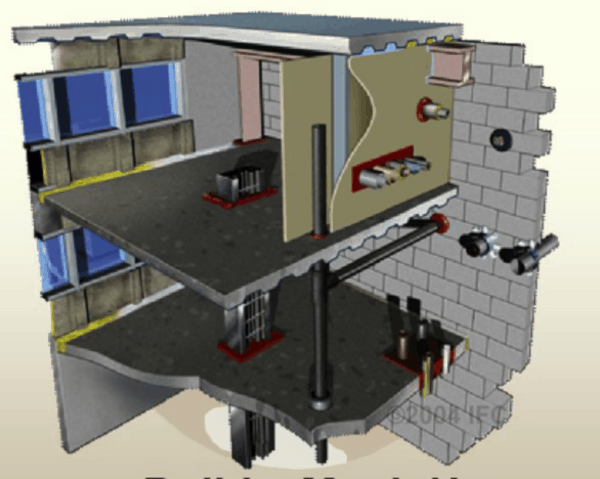
Building owners are also responsible for the safe movement and evacuation of people in their structure
All buildings must permit the safe and efficient exit of occupants in the event of an emergency. And part of that involves ensuring that all “egress” elements work as intended.
The components of a safe exit include having enough properly designed or placed doors, stairwells, corridors, emergency lighting, and exit signage. NFPA 101: Life Safety Code and the International Fire Code outline the minimum number of exits as well as other required components.
The PCA will evaluate, review, and document the locations, the accessibility, and the number of exits from the building and the general condition and operation of the exit doors, stairwells, and signage. Exit signage and emergency lighting are required to be tested every 30 days to ensure functionality. Any signage that does not illuminate, is not visible, or does not properly direct to an exit must be repaired.
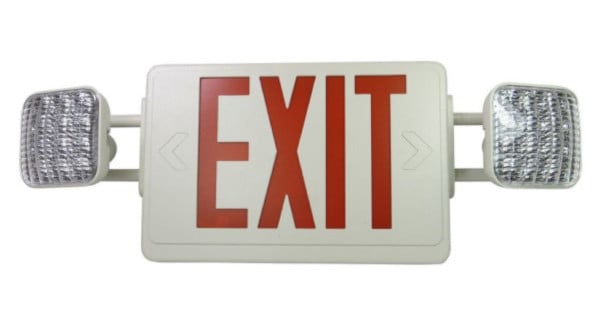
Property condition assessments investigate fire protection systems before you buy commercial real estate
PCAs are a critical tool in ensuring the value of your investment. A PCA will determine if life safety systems require expensive repairs, as well as what future maintenance costs will be, plus give you peace of mind that your commercial property is protected in an emergency.
If you conduct a PCA and find that you’re system components are in need of replacement, QRFS has what you need. Check out our selection of commercial fire sprinklers, standpipe components including hoses and racks, exit and emergency lighting, fire extinguishers, and more.
Need help placing an order or finding something that’s not online? Call us at 888.361.6662 or email support@qrfs.com.
This blog was originally posted at blog.qrfs.com. Check us out at Facebook.com/QuickResponseFireSupply or on Twitter @QuickResponseFS.


